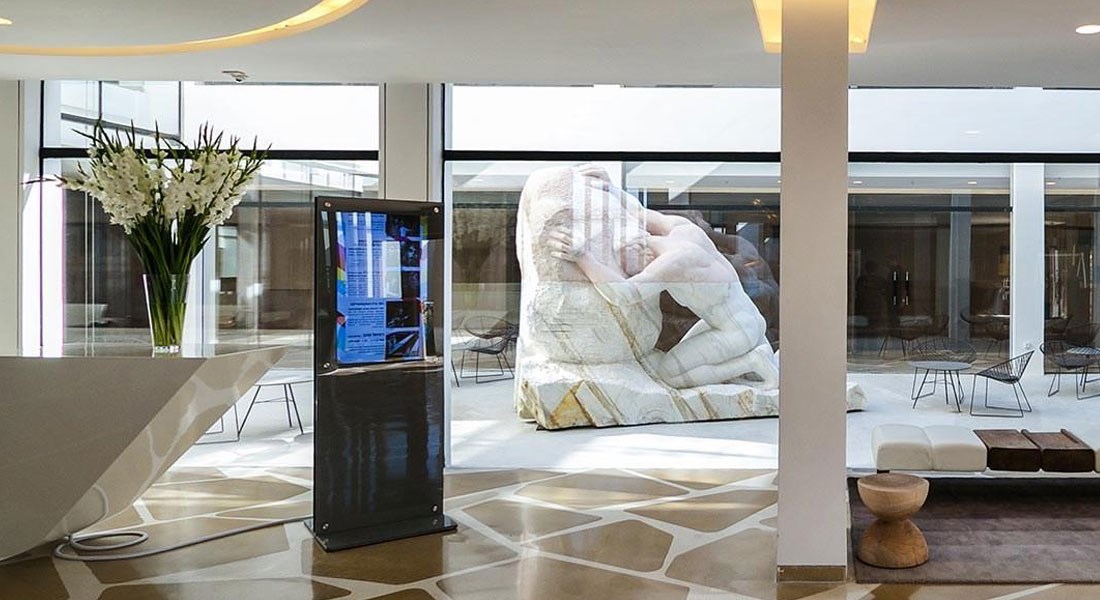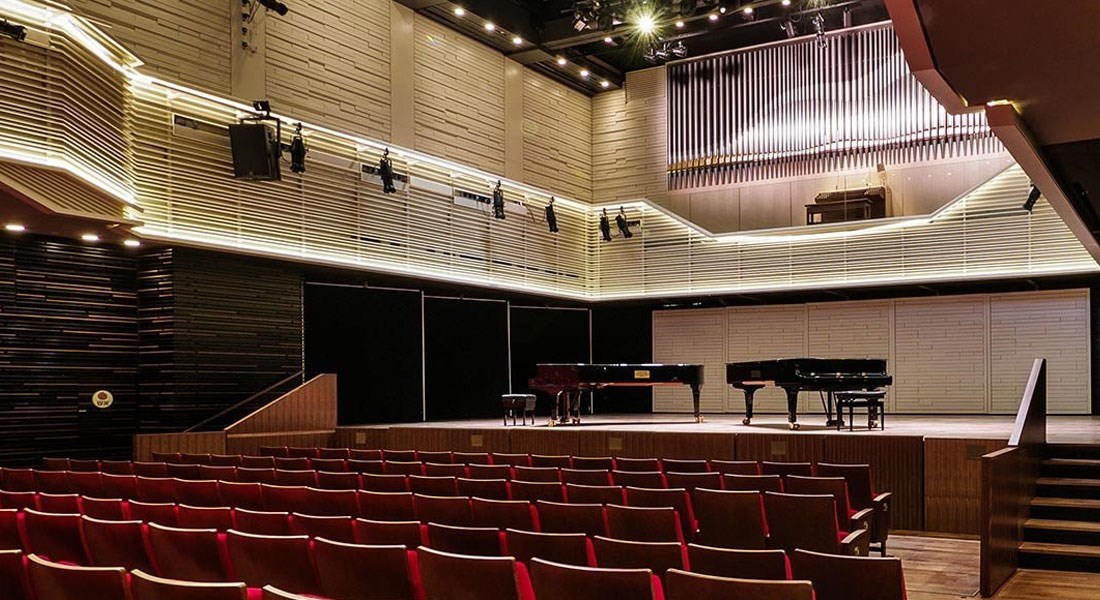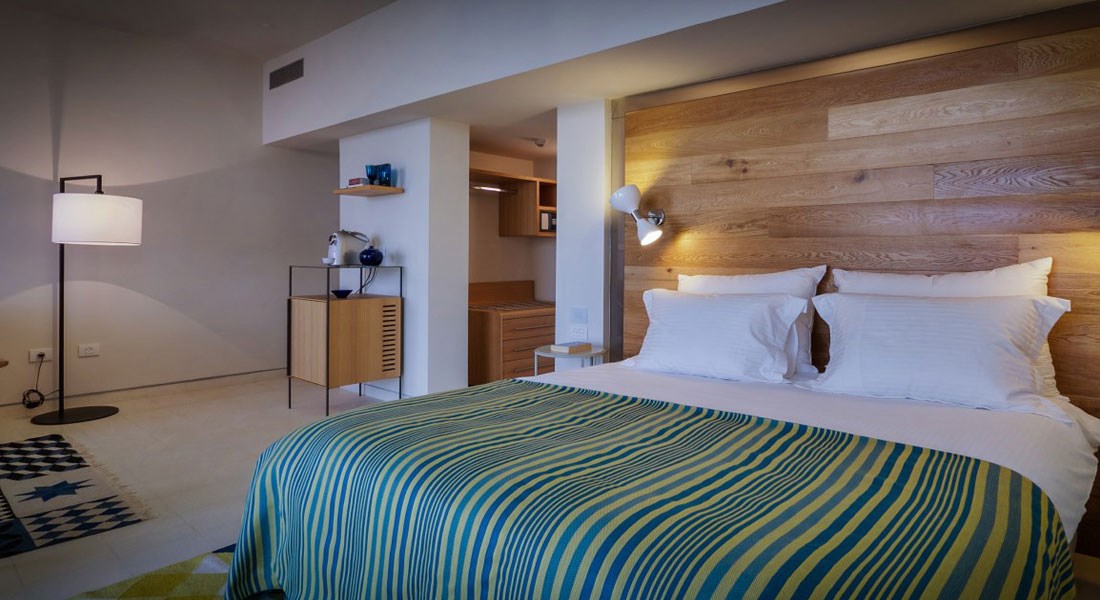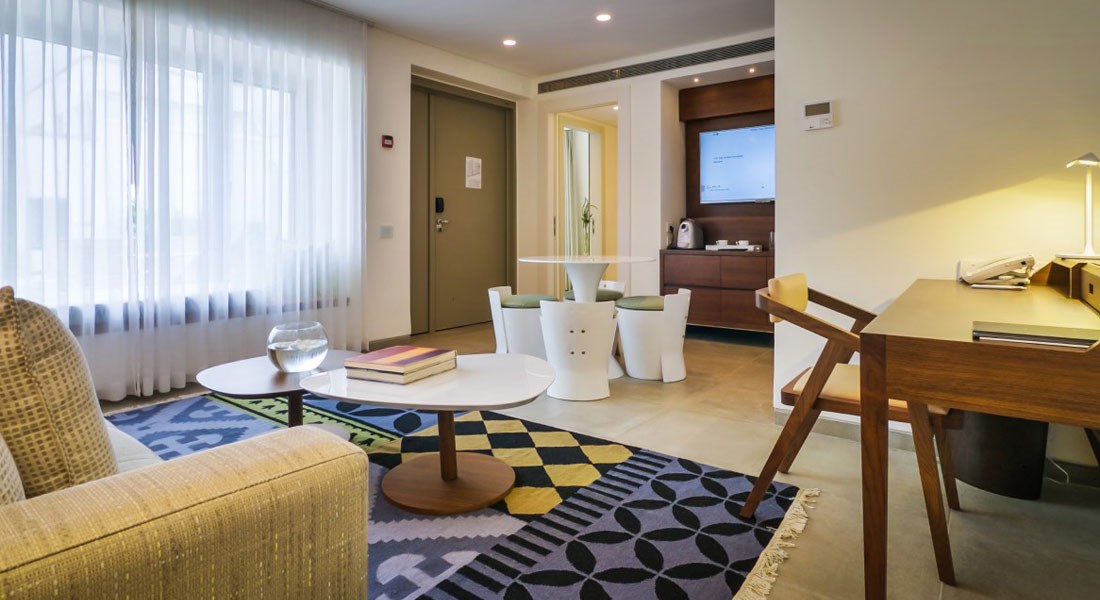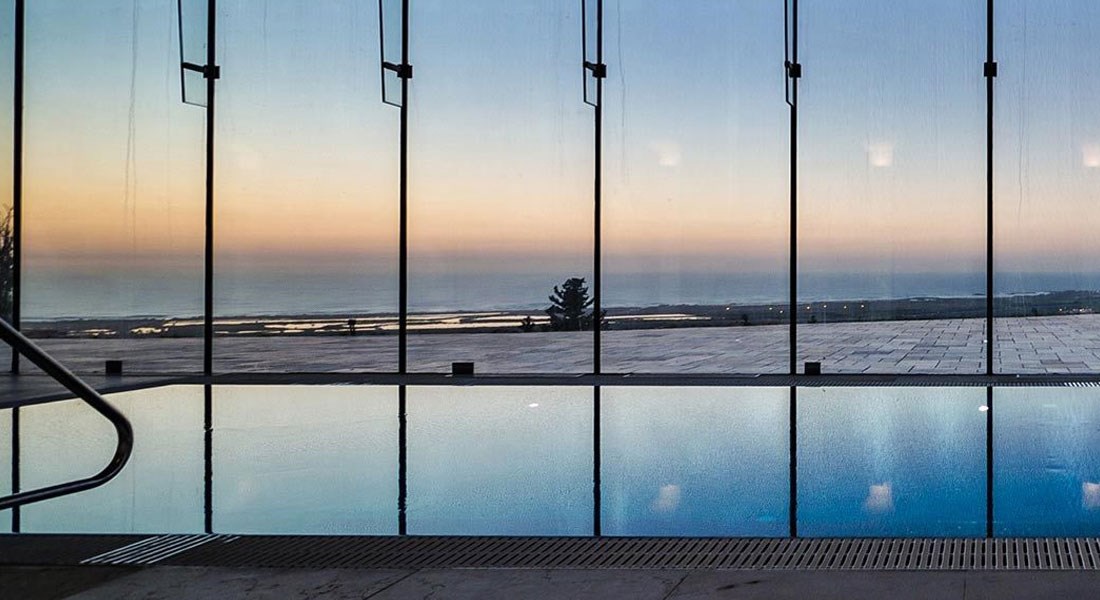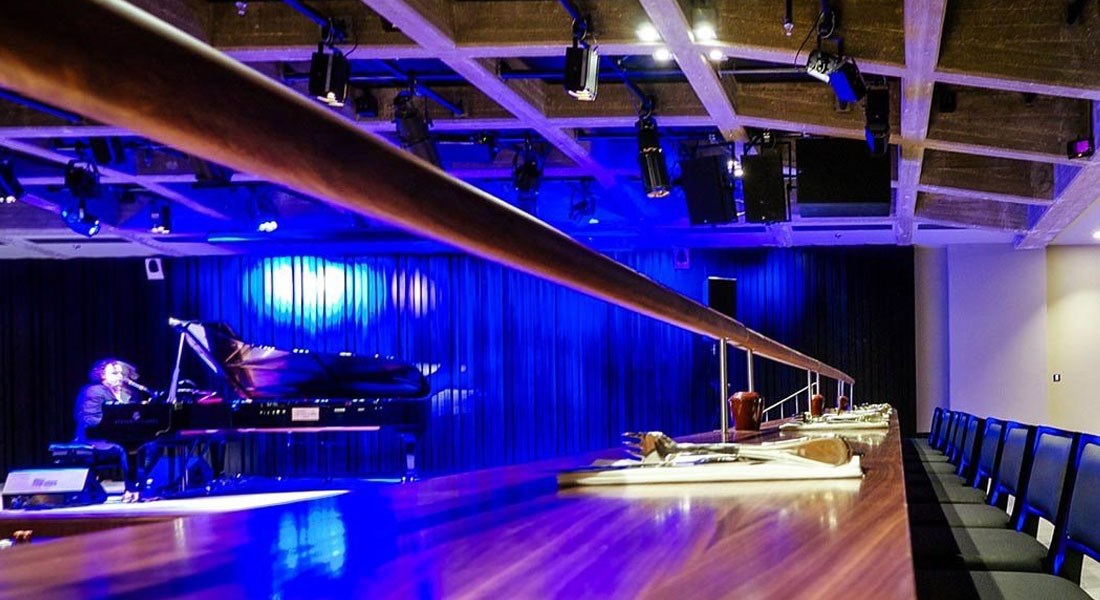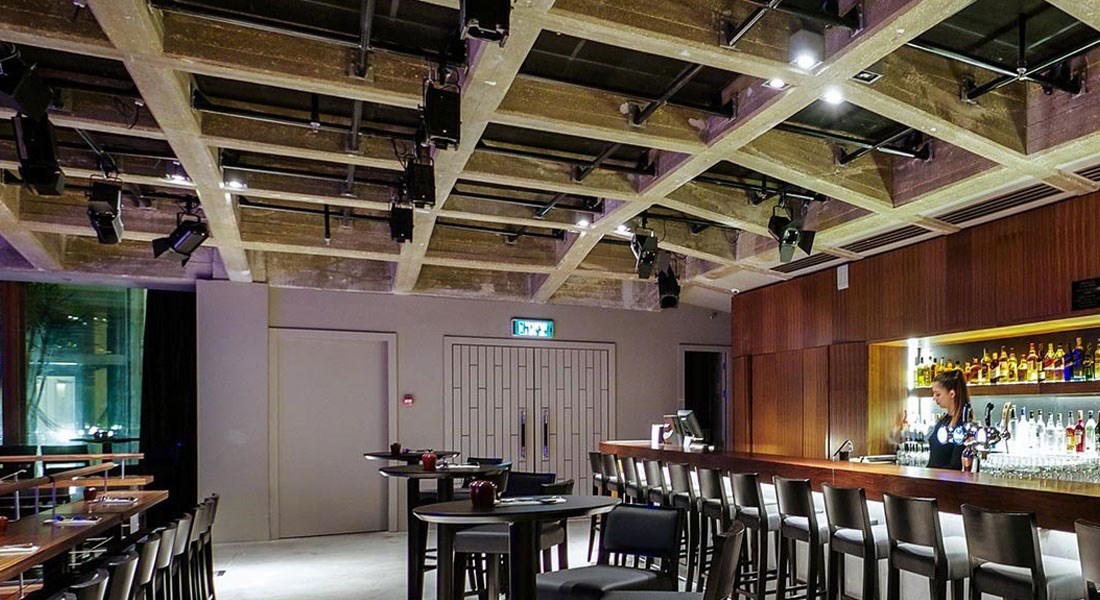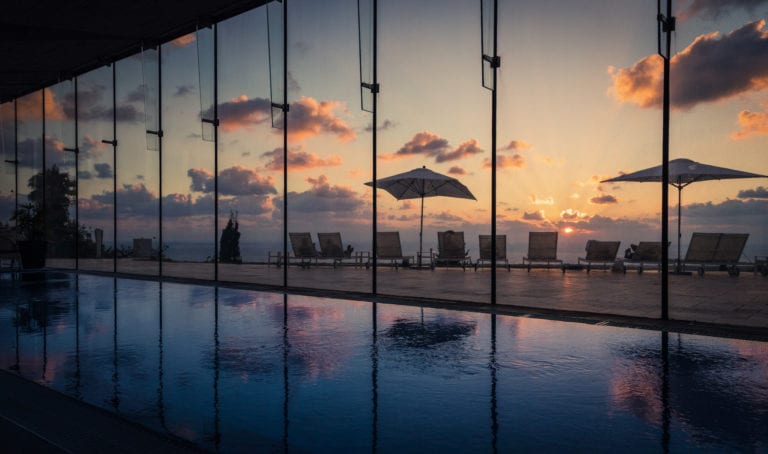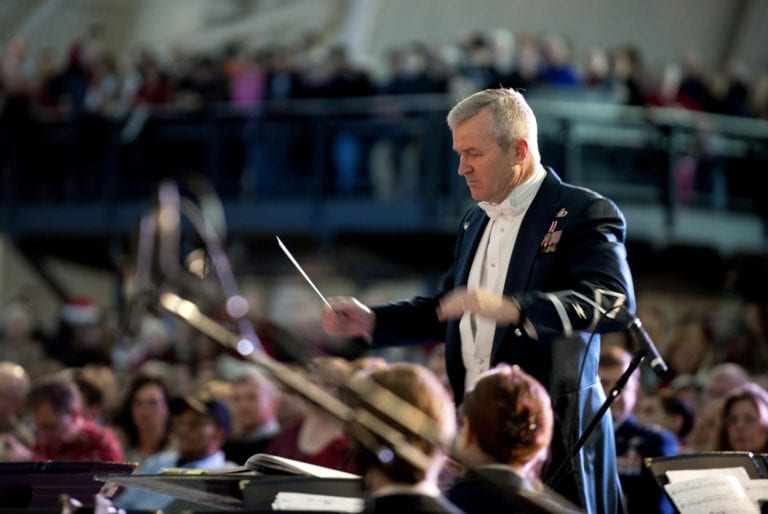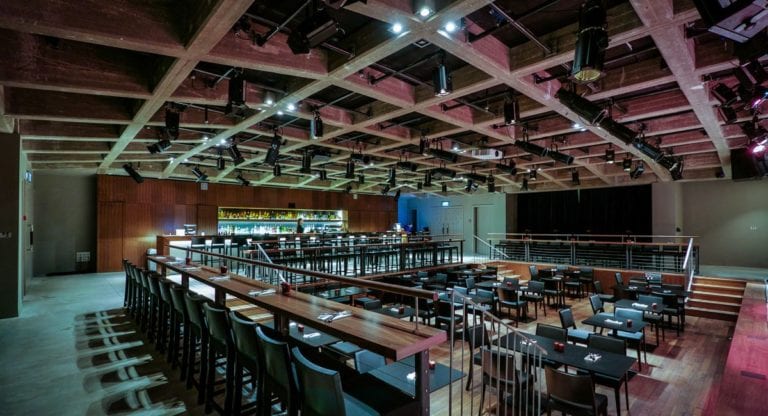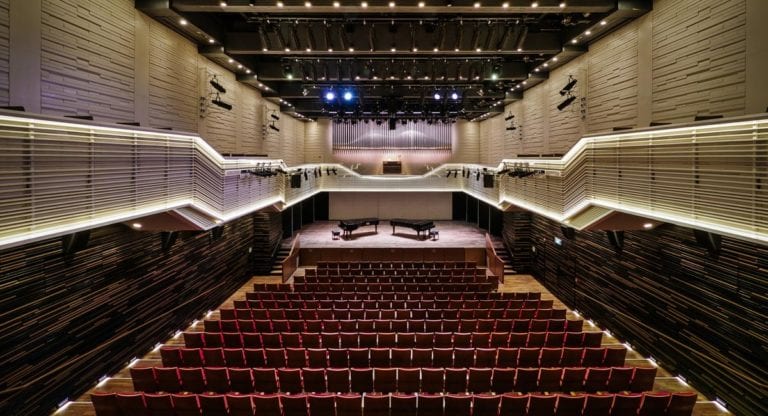Elma is a hotel and arts complex that uniquely combines luxurious hotel accommodation with the best in international music, plastic and performing arts. Spanning more than 100 acres, Elma stands on the edge of the Carmel ridge, overlooking a spectacular view of the Mediterranean coastline and a green patchwork of fields and wooded slopes. The historic building is considered one of Israel’s architectural highlights, and won its designer, Yaacov Rechter, the Israel Prize in Architecture.
After years of use following its inauguration in 1968, the magnificent building was gradually abandoned, to a point where it was scheduled for demolishing. It was at that point that Lily Elstein, a scion of the founders of Zichron Ya’acov, came to its rescue. Like her pioneer ancestors, who founded the village a hundred and forty years ago, Ms Elstein decided to undertake a pioneering mission of her own: to breathe life in the abandoned building and transform it into a hotel and arts complex. Ms. Elstein acquired the place in 2005, and founded Elma.
After more than ten years of strenuous preservation and restoration work, the Elma Arts Complex and Luxury Hotel opened its gates to reveal its old-new beauty to the world. This magnificent complex boasts 95 well appointed hotel rooms, a fine restaurant, a spa and an enchanting pool overlooking the Carmel mountain and the coastline; but it is also home to a comprehensive world of art, populated by creations from some of the most prominent Israeli artists.
The Elma building was originally erected in 1968, as a convalescent home for the Mivtahim Foundation of the Israeli workers’ union – known as the Histadrut. It is considered one of Israel’s architectural highlights, and has won its designer, Yaacov Rechter, the Israel Prize for Architecture. In their reasoning for the award, the judges wrote: “Rechter’s work is a rare and instructive example of how well an architectural work can blend into its surroundings – the absorption of the building’s foundation into the ground on the one hand, and the structure’s top end encounter with the sky on the other. The designer realized an architectural concept that unites the mountainous structure of the land with the building’s landscape in a sensitive and organic, yet unconventional way. This sensitivity is evident in both the plastic and spatial design of the building and its details. The conscious use of modest materials, in their natural form, highlights the quality of the basic architectural idea and serves as an excellent proof of the architect’s ability to create a perfect solution while deliberately restraining his use of means.”
with the hotel as its economic driver. A team of architects led by Mr. Rani Ziss undertook the ambitious project. With great effort and investment, and following Ms. Elstein’s guidelines, the team worked hard to preserve and reconstruct the building while adhering to the original plans and raw materials. For this purpose the team was joined by architect Amnon Rechter, Yaakov Rechter’s son, who brought his father’s original plans with him. The team of architects set to design and implement the building’s new purpose: a hotel and arts complex with two unique concert halls and several expansive art galleries.

